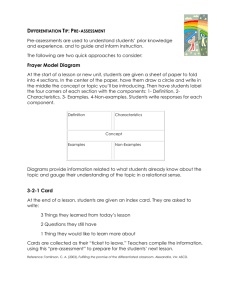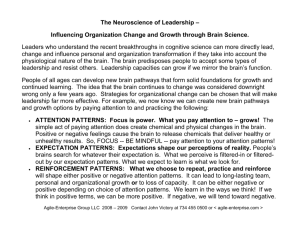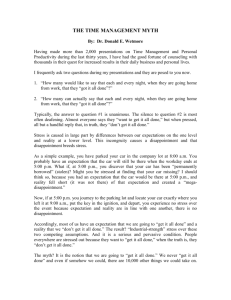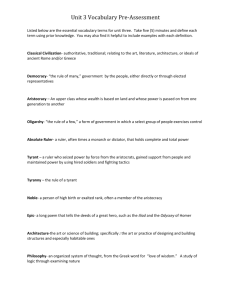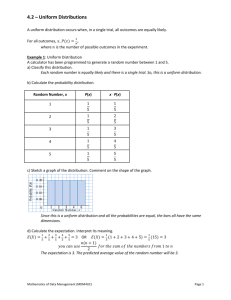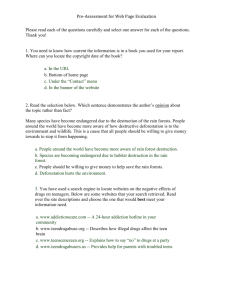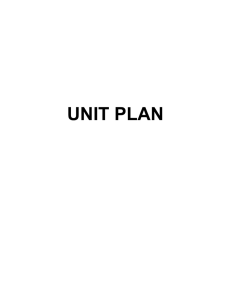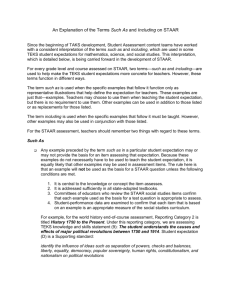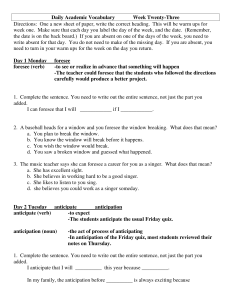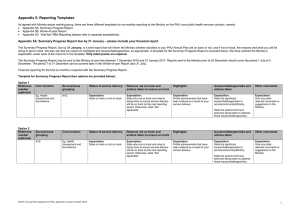Review-Of-Lesson
advertisement
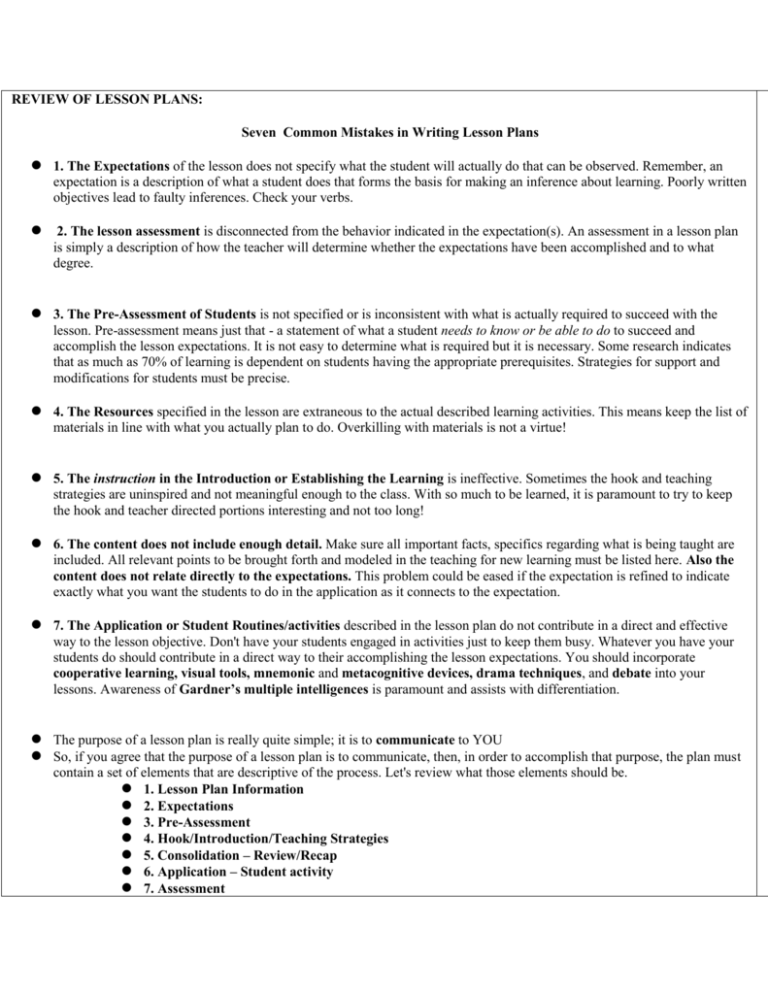
REVIEW OF LESSON PLANS: Seven Common Mistakes in Writing Lesson Plans 1. The Expectations of the lesson does not specify what the student will actually do that can be observed. Remember, an expectation is a description of what a student does that forms the basis for making an inference about learning. Poorly written objectives lead to faulty inferences. Check your verbs. 2. The lesson assessment is disconnected from the behavior indicated in the expectation(s). An assessment in a lesson plan is simply a description of how the teacher will determine whether the expectations have been accomplished and to what degree. 3. The Pre-Assessment of Students is not specified or is inconsistent with what is actually required to succeed with the lesson. Pre-assessment means just that - a statement of what a student needs to know or be able to do to succeed and accomplish the lesson expectations. It is not easy to determine what is required but it is necessary. Some research indicates that as much as 70% of learning is dependent on students having the appropriate prerequisites. Strategies for support and modifications for students must be precise. 4. The Resources specified in the lesson are extraneous to the actual described learning activities. This means keep the list of materials in line with what you actually plan to do. Overkilling with materials is not a virtue! 5. The instruction in the Introduction or Establishing the Learning is ineffective. Sometimes the hook and teaching strategies are uninspired and not meaningful enough to the class. With so much to be learned, it is paramount to try to keep the hook and teacher directed portions interesting and not too long! 6. The content does not include enough detail. Make sure all important facts, specifics regarding what is being taught are included. All relevant points to be brought forth and modeled in the teaching for new learning must be listed here. Also the content does not relate directly to the expectations. This problem could be eased if the expectation is refined to indicate exactly what you want the students to do in the application as it connects to the expectation. 7. The Application or Student Routines/activities described in the lesson plan do not contribute in a direct and effective way to the lesson objective. Don't have your students engaged in activities just to keep them busy. Whatever you have your students do should contribute in a direct way to their accomplishing the lesson expectations. You should incorporate cooperative learning, visual tools, mnemonic and metacognitive devices, drama techniques, and debate into your lessons. Awareness of Gardner’s multiple intelligences is paramount and assists with differentiation. The purpose of a lesson plan is really quite simple; it is to communicate to YOU So, if you agree that the purpose of a lesson plan is to communicate, then, in order to accomplish that purpose, the plan must contain a set of elements that are descriptive of the process. Let's review what those elements should be. 1. Lesson Plan Information 2. Expectations 3. Pre-Assessment 4. Hook/Introduction/Teaching Strategies 5. Consolidation – Review/Recap 6. Application – Student activity 7. Assessment 8. Reflections
